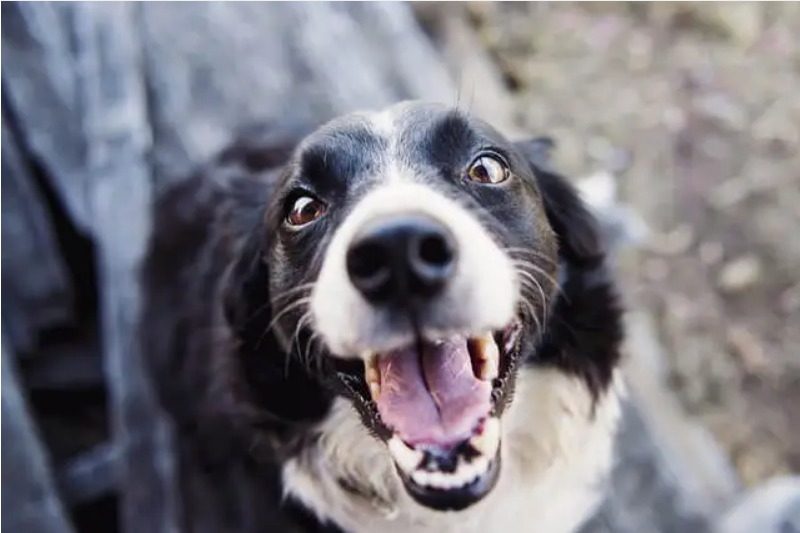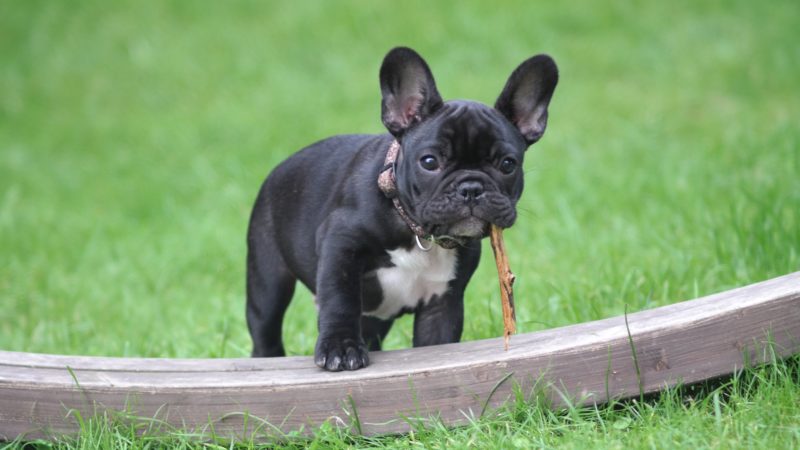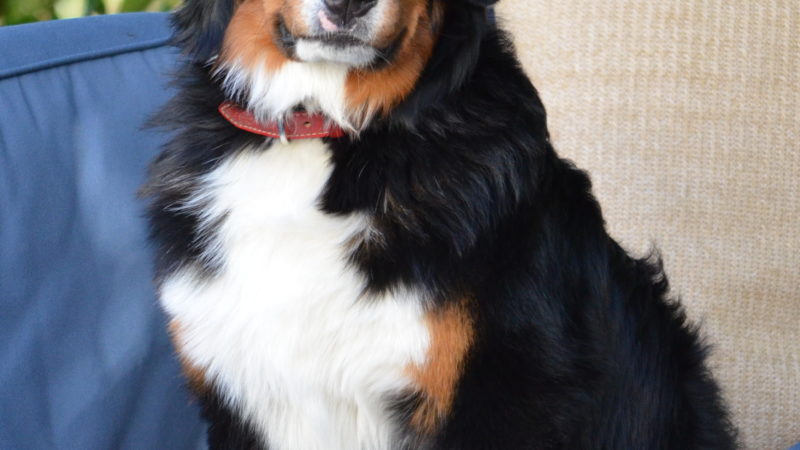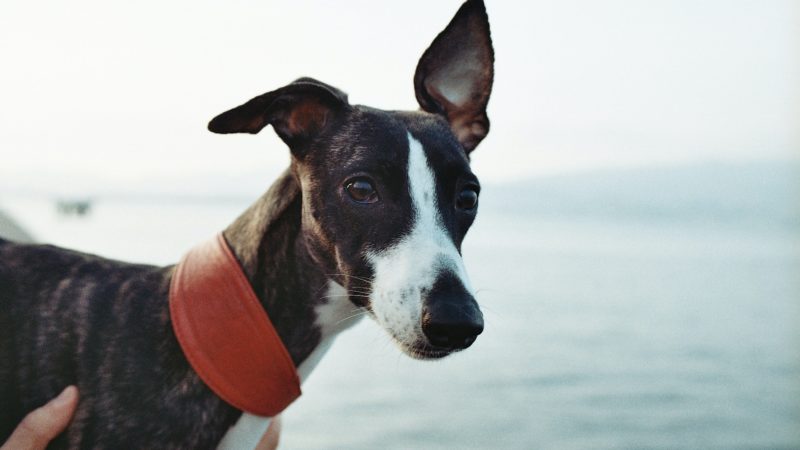Dogs Scared Of? How to Help Dogs Overcome Their Fears

What are dogs scared of? Dogs, like all animals, are individuals and can fear just about anything. Some dog fears make perfect sense to us, and some make no sense at all. Some of your dog’s fears may go unnoticed because they are so out of the blue and subtle. Unless we know how to read dogs, we will miss them. Missing the signs that your dog is scared of something might cause long-term fears and manifest in unwanted behaviors.
To start, know that there are critical fear periods in dogs’ lives, from puppyhood until they hit maturity, and it behooves us to learn when these periods are. This way, we can be careful not to introduce new things or, if we do, to take extra care in how we approach them, so we can eliminate or diminish unnecessary fear or anxiety.
What Are Dogs Scared Of? A-List of Some Common Dog Fears
What are dogs afraid of? It’s a tough question. There isn’t one thing that all dogs fear, but some common ones include thunderstorms, vacuum cleaners, and the dark. But what about those pets who have no known reason to be scared? Who knows why they’re terrified!
- Stairs (especially see-through stairs)
- Elevators
- Shiny objects
- Other dogs
- People
- Children
- Puppies
- Jumping off furniture
- Cars
- Other animals
- People with hats
- Certain smells
- Loud noises
- Different floor surfaces
- People yelling
- Crowds
- Being alone
- Thunder
Here Are Some Not-So-Obvious Way Dogs Might React to What Scares Them
Sometimes their tail may twitch, they may cower or withdraw from an object that might be threatening them.
Sometimes the dog will freeze in place and stare at whatever is bothering them for long periods of time without making a sound.
- Putting the brakes on when going to the groomer, vet, or getting into the car
- Not eating because they are in a different environment
- Not going potty outside because they are out of their familiar comfort zone
- Hiding under a table or bed when they normally don’t
- Suddenly starting to bark like crazy or whining a lot
- Not wanting to participate in something that they usually enjoy
Dogs are very expressive animals. They can tell us what they want without any words! If you notice that your dog is acting out of the ordinary, it could mean he’s afraid or uncomfortable with something in his environment and needs help feeling safe again. It’s important to pay close attention which applies to people, so we know when the behavior happens and if there might be anything else going on simultaneously, as an expression change – this will give clues as to what could have caused their fearfulness. Learning about dogs’ body language means we’ll always be able to make sure our furry friends feel comfortable around people too!
How Do You Help Dogs Overcome Their Fears?
Our dogs don’t need punishment, and they just want someone to help them feel safe again. Dogs are people’s best friends, and it is our responsibility as their loving guardians and advocates to address any fear or anxiety with extreme patience combined with a gentle approach so that we can make them feel safe again.
No matter the fear, be it panic-stricken barking or lunging at you for no reason whatsoever; never think your dog isn’t behaving badly – they have been expressing some kind of anxiety due either to being out in public too long (or not getting enough exercise), feeling crowded by other animals or humans around themselves, etcetera. It doesn’t mean anything about you: these feelings stem
So, you have a dog with some fears? Don’t worry! It’s pretty common. The best way to work through these is by taking it slow and giving them time to do things at their own pace when they’re ready for the next step in overcoming this fear. You can never push your pup too much, or he might start getting more anxious and even sadder about his situation – so just follow along as an awesome owner should 🙂
So, you’ve got a little scaredy-cat on your hands who needs help working out those big issues of theirs? That happens sometimes but don’t fret because there are many steps that we’ll take together as long as you give me enough time while I help make sure not to overwhelm our furry friend.
Fear in dogs can be difficult to fix, but once you identify the fear and break it down into small bits of training, your dog will learn that there is no need for anxiety when they are around what scares them. The goal should always be to lessen the fear so we understand if our pup has an intense phobia or just gets a little anxious from time to time with certain triggers, it may take some work before he feels safe again.
Using a Motivator to Overcome Fears
We all know the feeling of being afraid, but do you think about what your dog feels when they are scared? With this method for training fear in dogs, we can understand how our canine friends feel and help them get over their fears. When working with a fearful pup at my facility that uses food as a motivator to go into scary situations (like visiting a vet), first, I make sure they’re hungry so that nothing is distracting from overcoming their fear. Secondshigh-value treats like cooked turkey or chicken, which only happens during these sessions. If not food then, toys may be better than used since many folks don’t want to give too much attention to those items!
For those with a fear of nail clippers, this is for you! Get your dog accustomed to the sight and sound of these potentially dangerous objects by giving them something they love as soon as they encounter one. This removes their fears and teaches them that when faced with an unfamiliar object like these tools, which can be painful if used incorrectly on their paws or nails, it’s okay because there will always be food at hand just around the corner.
Start by exposing your pet to what scares him (for example: having someone wear a hat), either from afar or show him something he hates (nail clippers). As soon as he sees his trigger comes into view, offer up some chicken pieces to keep his focus off whatever
Foraging for food is an instinct and a great way to distract your dog from triggers. If they don’t take the food, you’re too close, or it’s on the ground. Move away and try again with another object that will interest them more! You can use toys like tug of war or gently tosses for a game of fetch if done on long lines, so you know they are safe while playing.
The best way to desensitize your dog is by gradually introducing them to the object. You can start by putting it in plain sight, then put it on a coffee table and eventually have someone hide behind another room while you call their name into that other room when they come back around looking for something else!
This technique will be especially effective if done consistently over time. As. dogs get used to seeing objects from different angles, distances, and locations during each exposure session (every day), they’ll become less reactive or fearful of the thing triggering fear.
Other Tips for Overcoming Your Dog’s Fears
When you need to show your dog a trigger that causes fear, such as thunderstorms or fireworks displays, it is important not to make sudden movements. Remain calm and conversational with the dog while offering treats and toys during these difficult times of exposure. When your pup does happen, look away from the trigger briefly for them to take their treat or toy they are using at this time to associate good things happening when triggers appear – instead of being fearful each instance, there’s one present!
Your body language should be calm as you show [you’re] pet what scares them so much; taking care never too suddenly reach out towards their face. It’s ok if talking isn’t soothing enough since some dogs don’t respond well.
The key to success with desensitizing a dog is patience. You need slowly get him used to the triggers that scare him, and only when he remains non-reactive should you move closer or try something new. If at any point he seems reactive, then it means either you’re moving too fast for his comfort level or your trigger needs adjusting; go back one step until things are comfortable again before progressing forward even more.
The difficulties of overcoming fears in dogs vary from one dog to the next, and that applies to people too. But if your pet is not progressing as you want them to or are concerned with its safety at any time, please call a positive reward-based trainer or animal behaviorist immediately.






